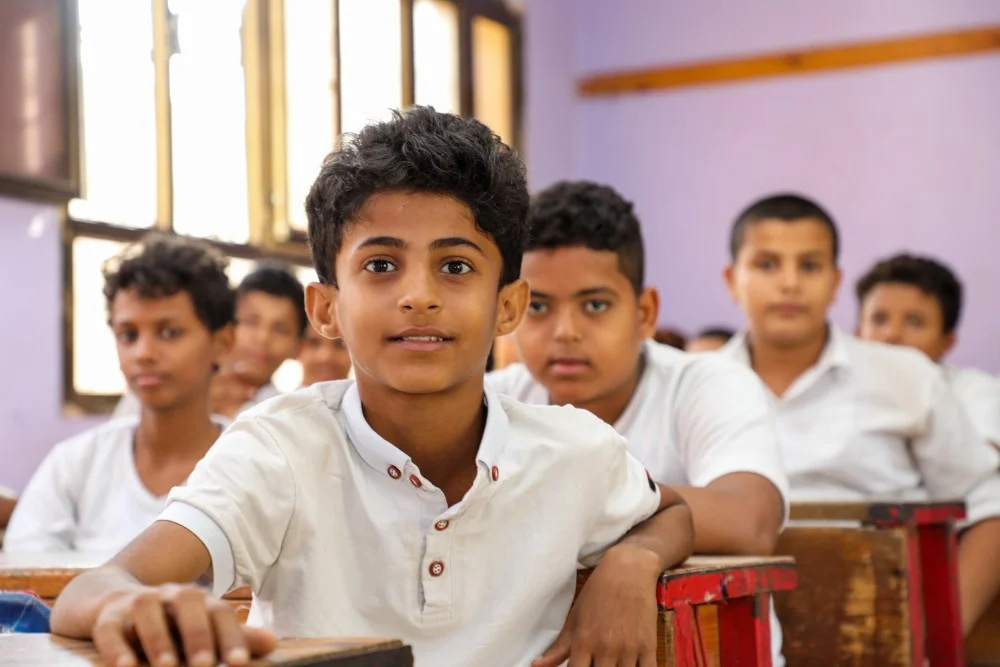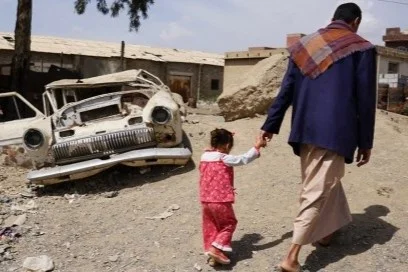A Green Dream: Voice of the Environment in Yemen
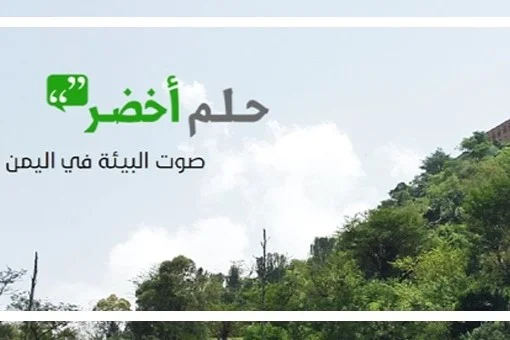
In July 2012, a green dream project identified as a platform providing specialized survey reports on environmental issues in Yemen was launched. The project website aims to become a reliable source of information and news on environmental, climate and sustainable development issues in Yemen.
The project was conceived as Yemen entered the cycle of political and social unrest, which resulted in a decline in official attention to environmental issues, as well as a continuing deterioration of the environment in Yemen as a result of neglect and lack of awareness. Because Yemen ' s natural environment needs a voice that calls for its attention and preservation, a green dream platform specializing in environmental issues has been created as the medium for such a voice, which would inform the general public of the facts in this regard in order to arrive at environmentally friendly practices.
The idea of foundation and objectives
The idea of a green dream came in mid-2011, when journalist Mohammed Al-Hakimi, the founder of this platform, completed a press inquiry into the environmental damage of using plastic bags in Yemen. During its participation in an intensive training programme on online surveys, the International Center for Journalists established during the period 2011 – 2012. In February 2011, Al-Hakimi launched a pilot platform for the project, with a green dream page on the social network Facebook, in which the content of that press investigation was published. In July 2012, the site was officially launched.
The task of a green dream is focused on supporting national and regional sustainable development goals 2030, raising awareness of environmental and climate change issues in Yemen and providing reliable information to the public on environmental risks. As an independent and non-profit media project, a green dream aims to raise environmental awareness among the general public by providing a targeted media message that seeks to preserve the environment and a voice for change through the implementation of e-environmental campaigns to defend natural life and pressure on decision makers to respond to environmental problems.
A green dream focuses on the formulation of factual ideas and the submission of solutions and recommendations on environmental issues in Yemen, in order to contribute to strengthening the system of legislation and policies on environmental issues, climate change and sustainable development.
Providing reliable content
The climate of conflict in the country since the end of 2014 has contributed to an increase in the amount of false information transmitted by the new media platforms, especially since some specialize in propaganda with political objectives and some have been using anonymous names.
The public ' s attention has become focused on these social networks and the content they produce, as the importance of traditional media has recently diminished. As a result, Yemen is experiencing a relative decline in public confidence in the media and in the information it provides. This is all why we, the Green Dreamers, have sought to provide the best environmental press content.
Thanks to the Group ' s cumulative efforts, a green dream has become a reliable source of access to environmental information in Yemen, and some of its reports have been transmitted by the most important global news agencies. Therefore, providing reliable information, highlighting problems and proposing serious solutions is an ideal way to create a new relationship with the public that trusts and interacts with our content.
We believe that the content we offer can be interesting; for the simple reason that the reader finds what is his. Since its launch nine years ago, the Green Dream site has adopted a press code of honour as an independent media source. Hence, the Panel works in accordance with professional values and ethical principles: accuracy, impartiality, credibility, impartiality and independence.
The site avoids the fabrication of news by some platforms, the falsification of sources or the fabrication of quotations. The site relies on transparency with its audience; it does not deliberately conceal any information, but rather reveals facts that benefit the public in the public interest. In order to provide reliable content well, the website ' s publishers, while disseminating it, are keen to use accurate, clear and specific language that does not mislead the public. Information is attributed to its sources and transmitted with precision and objectivity without permission from any party or party.
In addition, a green dream platform provides an up-to-date information base on key environmental and climate issues in Yemen and a multimedia resource library on nature reserves and biodiversity in Yemen ' s terrestrial and marine environment. In addition, it contains numerous in-depth and specialized environmental reports. All of this goes in the direction of supporting efforts to achieve the 2030 sustainable development goals at the national, regional and international levels.
Content-making pathways
We rely in a green dream on two parallel tracks in our content selection and manufacturing process. The first is the periodic survey and publication of topics that are grouped according to the specific categories established in our plan of action. The action plan includes climate change, biodiversity (vegetarian/vegetarian), water problems, environmental pollution, renewable energy, sustainable development and modern farming techniques.
We are keen to provide specific and exclusive content under each of these categories by using multimedia to review quantitative and qualitative information that has not been previously surveyed. We also attach this information and reports to a variety of visual content that we make as part of our endeavour to clarify and facilitate access to information.
The second track is where the Editorial Board selects the topics of reports and stories published on the basis of changes or sudden events occurring in local communities, such as natural disasters, hurricanes and floods, oil pollution, water and agricultural land issues, fishing offences for endangered species, as well as harvesting and razing of land, forests and others.
In order to obtain accurate information, we are communicating with local sources of specialists and those affected by these incidents in order to verify the details and validity of the information we are enhancing with photographic material from the site. Often, we receive communications from citizens on an environmental issue of interest to their region, and immediately highlight it to highlight the environmental priorities of local communities.
In both of these tracks, we are keen to add content to modern paper-based sources, references and studies, as well as to the electronic sources to which we turn for further verification of the accuracy of the analysis and introduction to these issues.
Methodology for the press of solutions
Two years ago, in a green dream, we adopted the principle of news coverage in the solution press methodology. In an effort to address environmental issues through an in-depth qualitative analysis that links citizen experiences with verified information with the opinions of local and international experts. The purpose of this conciliation is to come up with proposals addressing the issues at hand that are made available to the public, local authorities and civil society organizations.
It is important to note that following this methodology avoids us from falling into the formulation of standard recommendations that are not relevant to reality and that minimize the suffering of local communities. Furthermore, the editorial team ensures that this type of report includes an objective presentation of the possibilities and reasons for the success or failure of the proposed solutions.
One of the examples that we can illustrate here is the impact that we can achieve by following the solution press methodology is the success story of Yemen’s first water farm. This story contributed to correcting the wrong convictions of the public who believed that the technology of agriculture without soil was difficult to apply and that the materials required for its success were not present in local markets. After the publication of this story, we received many letters from interested people and farmers who wished to enquire about this technology that we put forward in the published success story, and asked us to connect them with the relevant experts to consult them and apply the technique.
Another example of this methodology, which led to some kind of response, was our coverage of cases of overfishing of endangered animals, where a green dream has been addressed in many reports of the seriousness of these crimes. He called for it to stop. Last April, we monitored the local authorities ' response, with the Governor of Shabwah province issuing a decision to prevent the fishing of endangered wild animals such as wails and bucks. The Governor has instructed the security services to draw up a list of persons engaged in such acts.
 Algeria
Algeria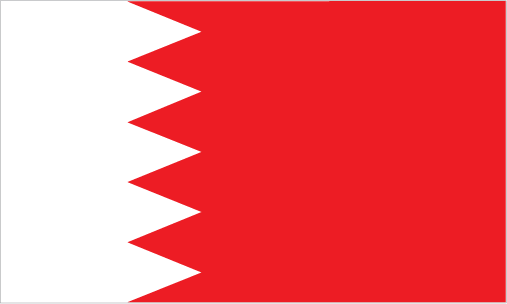 Bahrain
Bahrain Comoros
Comoros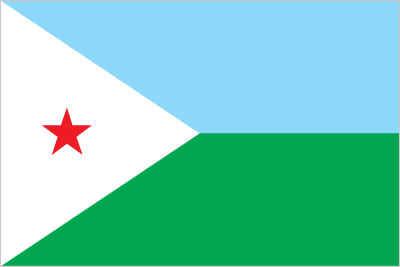 Djibouti
Djibouti Egypt
Egypt Iraq
Iraq Jordan
Jordan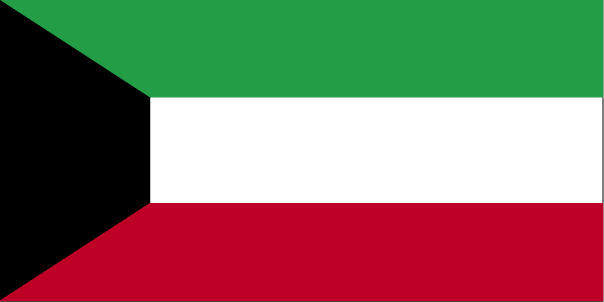 Kuwait
Kuwait Lebanon
Lebanon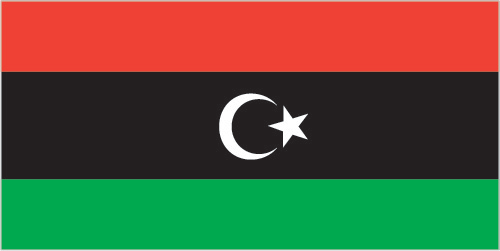 Libya
Libya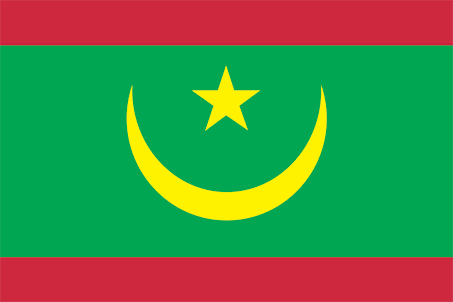 Mauritania
Mauritania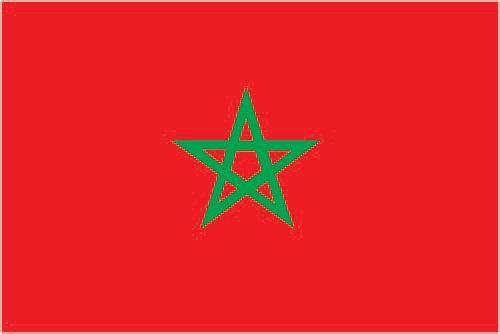 Morocco
Morocco Oman
Oman Palestine
Palestine Qatar
Qatar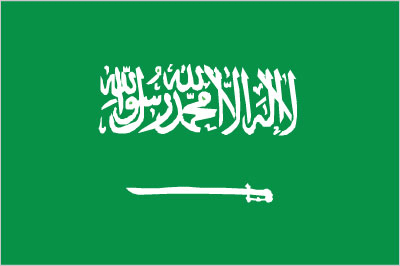 Saudi Arabia
Saudi Arabia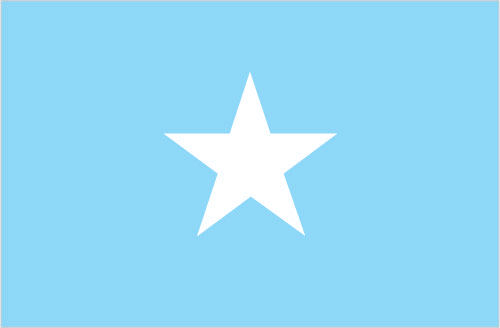 Somalia
Somalia Sudan
Sudan Tunisia
Tunisia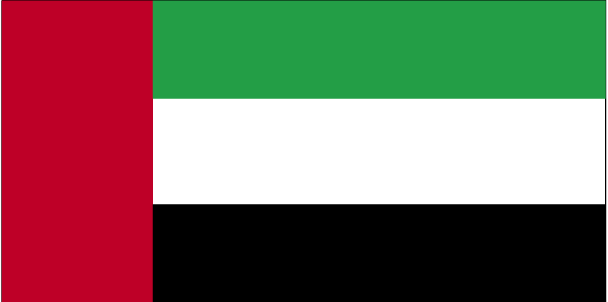 UAE
UAE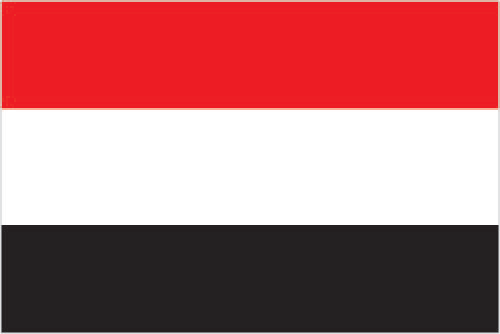 Yemen
Yemen